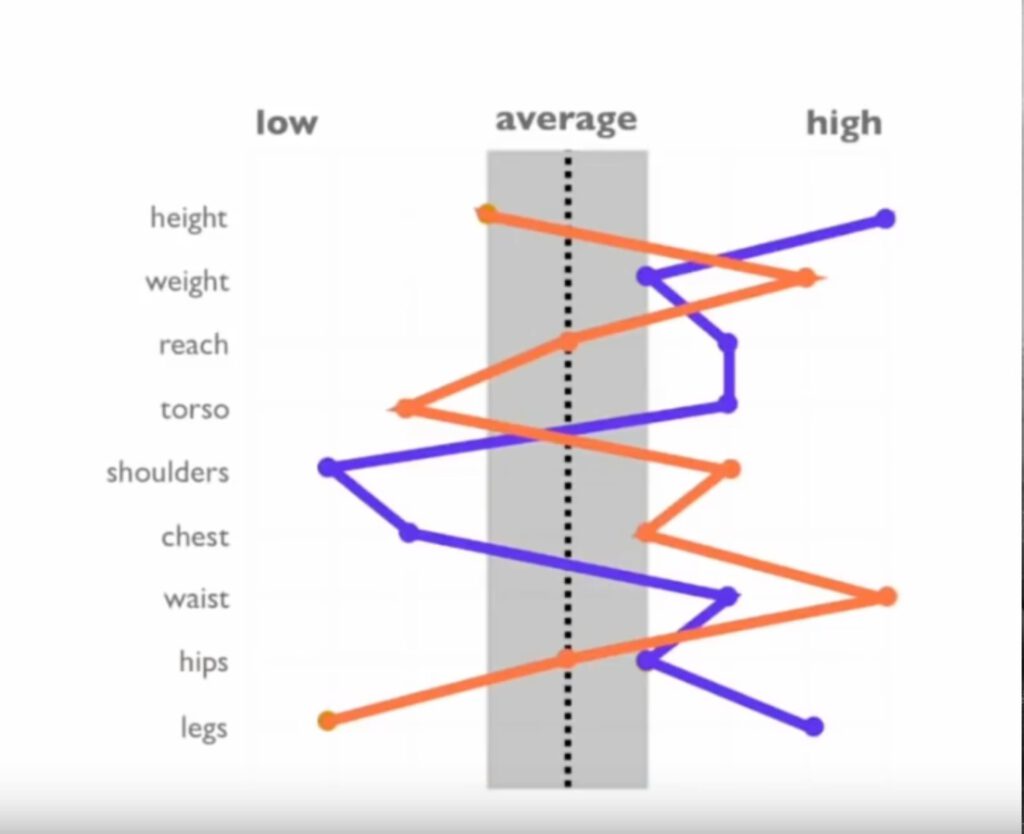When building a website, we always create at least a handful of wireframes so we can sort out what we’re doing before we really dig in. If you’re not familiar with the concept of a wireframe when it comes to websites, Brooke wrote an excellent post that explains them here.
Beyond the great reasons that she gives for them, though, is that they can save money on your project. There’s an old quote from Frank Lloyd Wright that I love that really speaks well to this:
You can use an eraser on the drafting table or a sledge hammer on the construction site.
If we were to skip the wireframe step of a website and just build it out, changes could certainly still be made later. Those changes are just much more easily made when you’re dragging around empty black boxes instead of a fully-developed website. Plus, it’s hard to just build out pages randomly with out looking at the goal for each page as you sketch out the wireframe.
Speed can be great, but sometimes a bit of preparation will save you more time and money in the long run.



